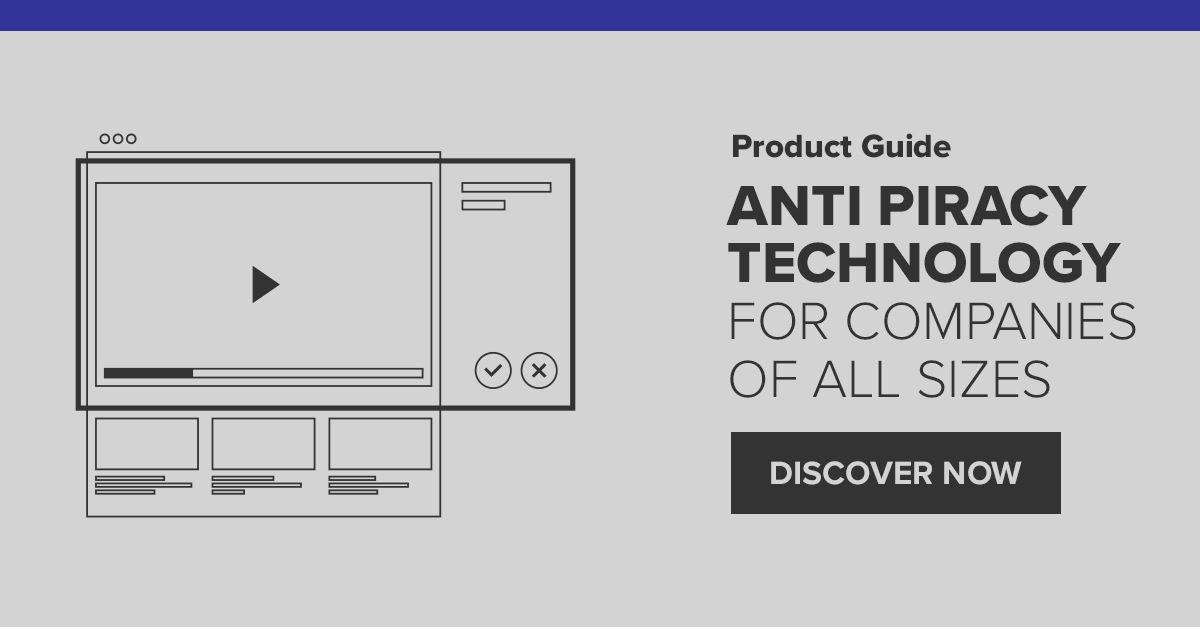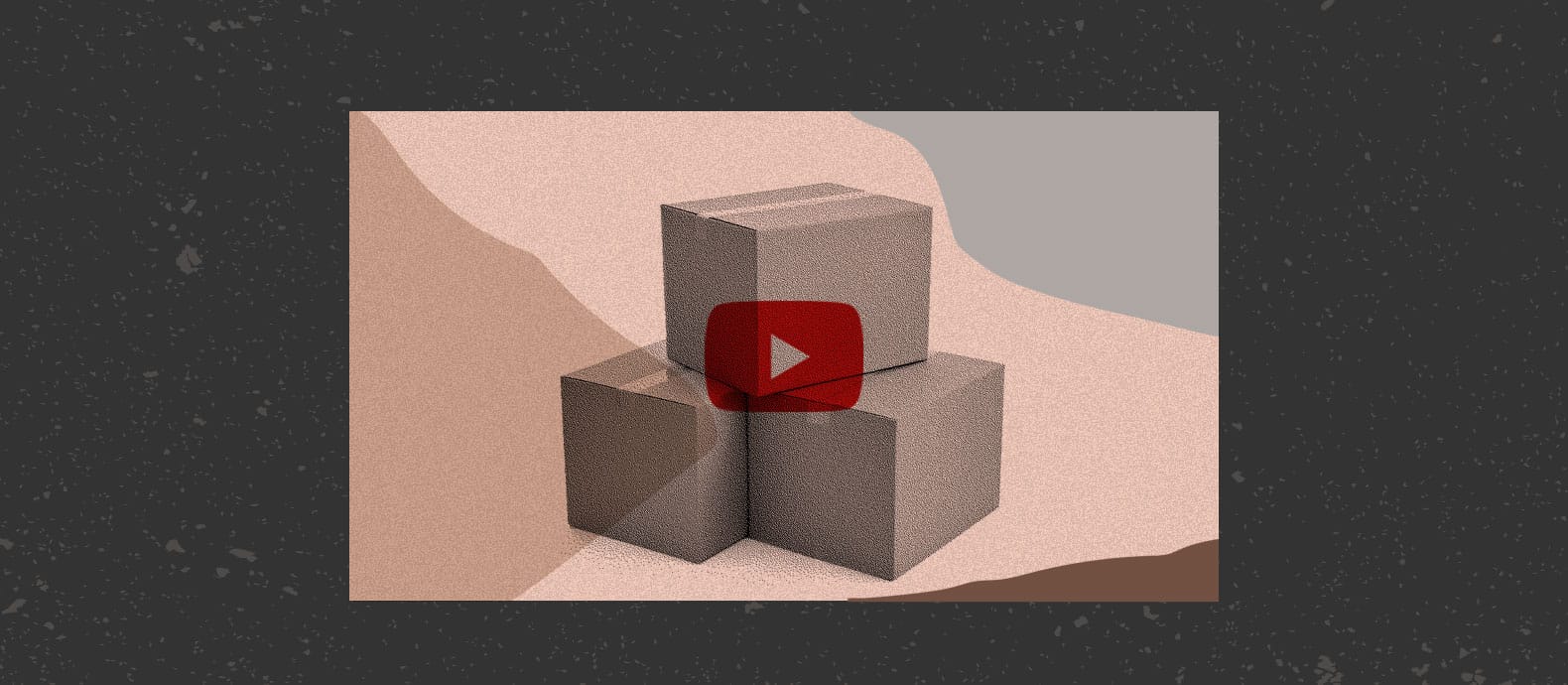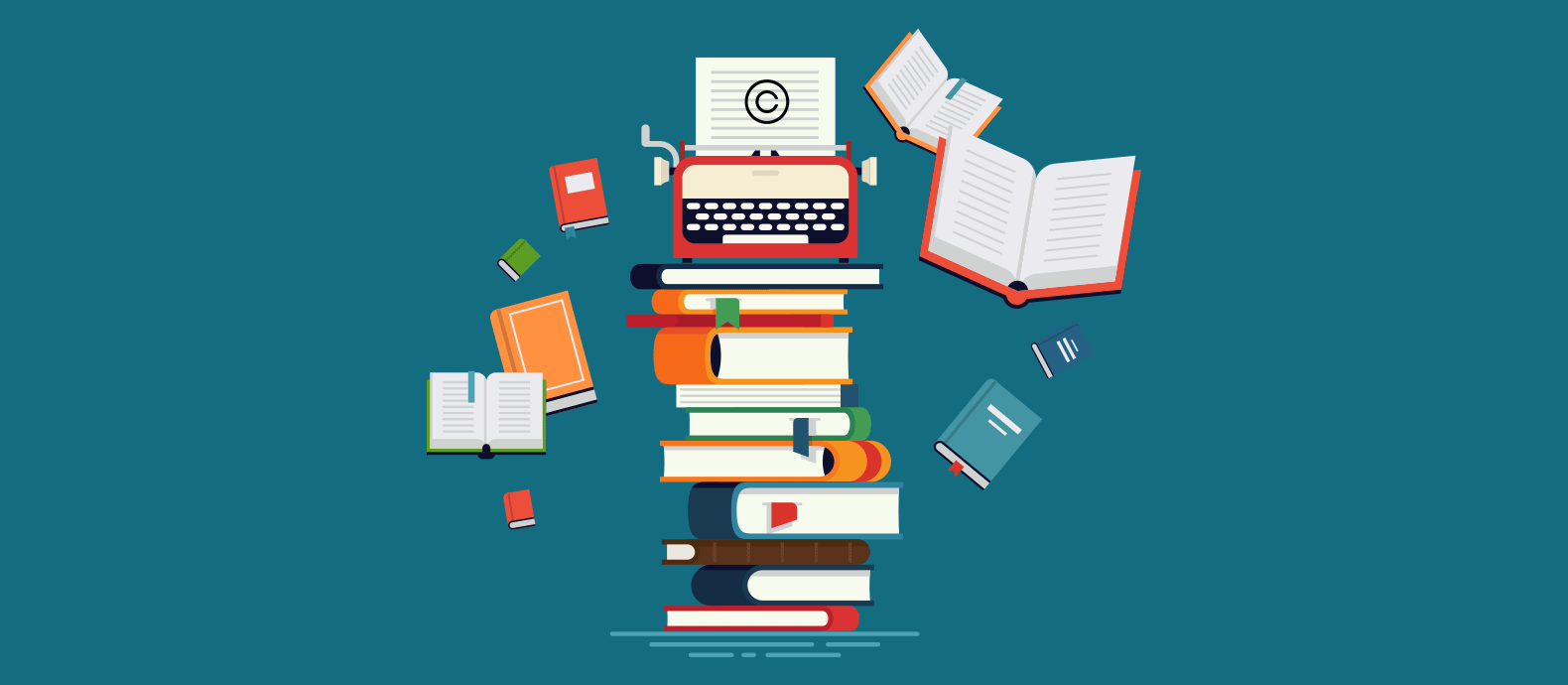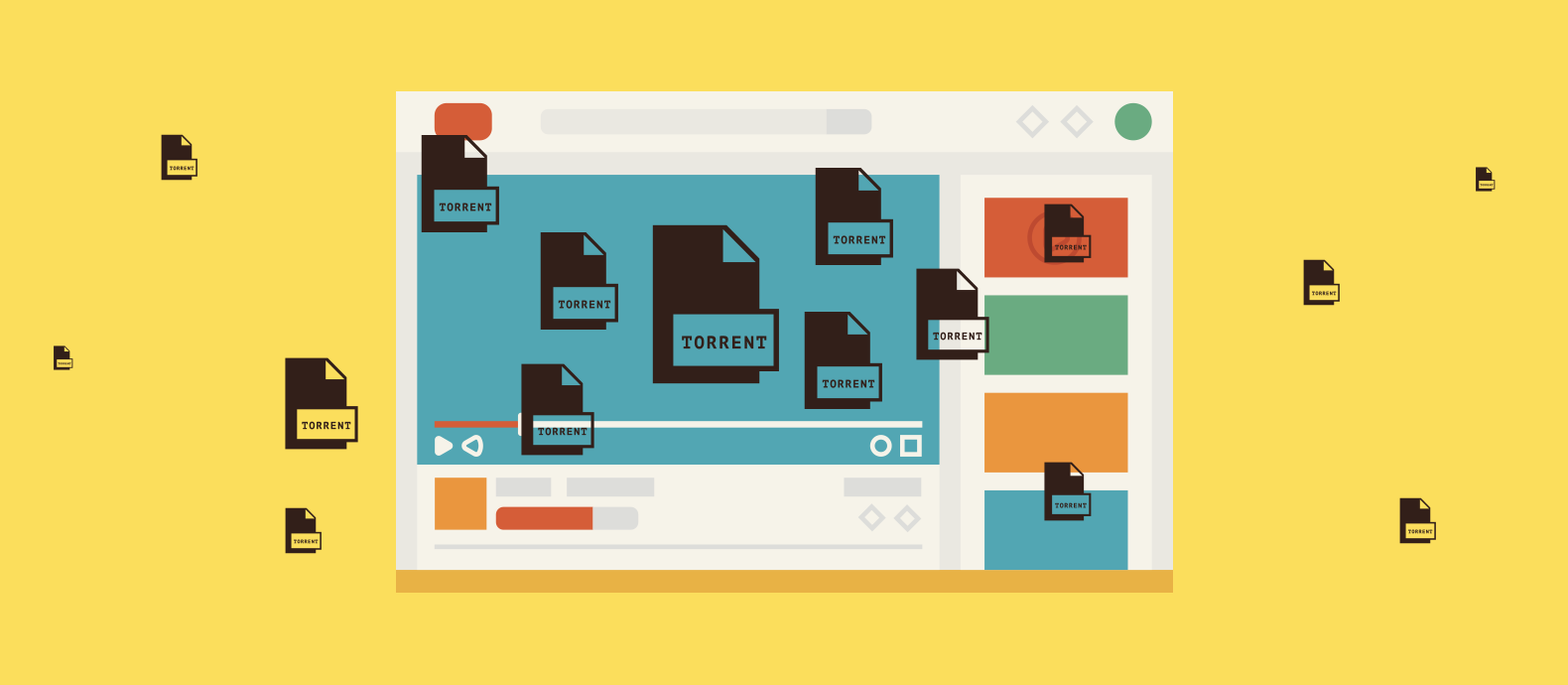Online piracy is most commonly associated with films and music. But software piracy is a widespread and often ignored side of the issue, one that brands often struggle to prevent.
This article contains
- A definition of software piracy
- The different forms that software piracy takes, both from the software provider and the recipient.
- How users and brands can keep themselves protected against software piracy
Nobody likes it when their work is used without them getting credit for it. This also applies to software creators, designers, and developers.
Besides the fact that pirated software can put a dent in your online security, it can also land you in trouble as there are laws against the illegal copying of software.
So, without further ado, let’s get right to it.
What is software piracy
Simply put, software piracy is the unapproved copying of purchased software.
When you buy software from a company, you are considered to be a “licensed user” and not the “owner” of that software. Let’s assume you buy an Office 365 software pack from Microsoft. You will be considered to be a licensed user of the Office 365 software and not the owner.
Many software creators provide buyers or users of their software with a number of licenses. The license may be for one computer, two, or ten; it all depends on the company’s decisions.
Now, as a licensed user, you are permitted to make copies of your purchased software. But only as backups. This is to ensure that you don’t have to purchase it again in the event that you delete the software, or your machine gets stolen or damaged.
Copying the software and sharing it with other people for free is considered an act of copyright infringement.
Many software companies have tried stopping software piracy. In fact, they once copy-protected software in order to stop the pirating of software. But this proved to be ineffective and many users complained that it wasn’t convenient for them.
Most software companies now require that every potential user registers with them at the time of purchasing the software. This is in a bid to help them clamp down on the problem.
Additionally, since there are laws protecting software companies, individuals or users who are caught violating copyright laws can be sued and made to face justice.

Types of software piracy
There are five different types of software privacy, including:
- Counterfeiting
- End-user piracy
- Internet piracy
- Hard-disk loading
- Client-server overuse
Counterfeiting
Counterfeiting involves the illegal copying, sale, and/or distribution of copyrighted software with the intention of imitating the original product. For software programs, counterfeits come in different forms, including copies of compact disks with the software incorporated in them.
Other elements that are usually counterfeited include license agreements, packaging, security features, labels, and registration cards.
End-user piracy
This type of piracy involves the pirating of software by an individual without authorization from the software company. There are many different types of end-user piracy, including:
- Using a licensed copy for multiple installations on multiple computers
- Benefitting from upgrades without having a licensed copy of the old version that’s being upgraded
- Copying programs on discs with the intent of distributing or installing them
- Getting a non-commercial, academic, or any other restricted software without the proper license
- Changing discs outside or inside your workplace.
Internet piracy
A very widespread issue, internet piracy involves the copying of software and uploading it on the internet.
Users who also download pirated software from the internet are practicing internet piracy. Online software purchases follow the same rules as those bought in CD formats.
Some of the common Internet piracy techniques include:
- Internet auction websites that provide users with out-of-channel or counterfeit websites
- Websites that exchange some software programs for others.
- Websites that allow users to download pirated software for free
- Peer-to-peer networks that allow users to transfer copyrighted programs without authorization.
Hard-disk loading
This is an act perpetuated by many computer sellers. Hard disk loading involves a business installing illegal copies of pirated software on the computers they are selling. They usually do this in order to make their offers more attractive to potential customers.
Client-server overuse
This piracy style involves the overuse of a central copy of a program on a particular network.
If you are someone who has a LAN, and you install software programs on this network for many people, you need to ensure that your license allows you to do so. With client-server overuse, you are overusing and pirating the software if the number of users using the software is more than the number your software allows.
Software piracy laws
The federal copyright law denotes that “Users may not create a copy of a piece of software for any other reason other than as an archival backup without the permission of the copyright holder.”
This simply implies that copying and sharing software without authorization is considered theft.
According to a study carried out by the Business Software Alliance, revenue loss incurred by software companies in 2015 was up to $52.2 billion dollars.
For every software copy created illegally, the software company loses money. Therefore, when an individual or company is caught making, sharing, and/or selling pirated software, they are made to face strict software piracy penalties including the payment of lost profits and damages.
The computer industry places responsibility and trusts in the hands of its users. In fact, it is the only industry that provides its end users with the ability to be a manufacturing subsidiary.
A computer program that took many years of research and hard work to create can be copied in an instant. Additionally, while software programs are very expensive to make, almost any computer can be used to create a cheap copy.
Unlike the piracy of recorded media such as compact disks and videotapes, software piracy doesn’t undergo any kind of quality degradation. Except if it is tampered with, the copied software will function just like the original copy.
How serious is software piracy?
Simple answer? Very serious.
As we noted earlier, the act is illegal and there are strict consequences for offenders who break the law. Individuals or companies who are caught breaking the law can be penalized for:
Damages to the copyright holder
For every pirated software, the copyright holder incurs losses on their product(s). If an individual or company is caught, sued, and found guilty, they’ll be responsible for the loss of profits, and the damages done to the software company through the illegal copying of their software.
Also, if the accused has shared the pirated software with others, they will be responsible for every loss incurred from each installed copy.
The Federal Penalty
The illegal copying of software is considered to be a federal crime. Software piracy is in close relation with the illegal downloading of movies and music.
In some cases, offenders may be subjected to punishments that are way beyond paying back the copyright holder. Some cases may even result in federal statutory damages.
While the amount for each case may vary, it can be up to $150,000 per copyright infringement.
The Criminal Piracy Penalty
Selling illegal software is much worse. Businesses or individuals who are caught selling pirated software, they can be fined as high as $250,000. Additionally, an offender can be jailed for up to 5 years in prison. And they’ll have a permanent record of a felony.
How to protect yourself from software piracy
We will be outlining the different ways individuals and companies can protect themselves from software privacy:
Software piracy protection for individuals
Always read the End User License Agreement, otherwise known as EULA, for each and every software program you purchase. The EULA provides you with the terms and conditions that govern the usage of specific software.
You’ll also be aware of the number of machines you can use the software on. The EULA will also let you know if you are permitted to create backup copies or not. For most software programs, you’ll need to accept this agreement before using them.
Ensure that you buy original CD software programs from certified sellers. Genuine software has authentication markings and/or seals. You can check the manufacturer’s website to know what the original marking looks like.
Using original software provides users with the ability to receive upgrades. When software is upgraded, it doesn’t give a licensed user the right to copy, distribute, or sell the old version. An upgrade simply implies that the software has been improved. It ensures that the user continues to enjoy the reliability and quality assurance of the product.
For online software, ensure that you only download from the manufacturer’s website. Do not download from peer-to-peer websites and do not upload your software on them. In order to stop others from stealing and installing your software, thereby implicating you in software piracy schemes, ensure that you register your software with the manufacturer.
If you suspect that your software copy isn’t authentic, or you suspect that a retailer or online seller is selling counterfeited copies, ensure to report them to the appropriate authorities. Doing this will go a long way in curbing software piracy.
Software piracy protection for companies
If you’re an employer, ensure that your employees know the terms and conditions governing a software program.
Create a software policy that defines how your employees may use and may not use the company’s software. Distribute this policy to them and ensure that they all sign an anti-piracy statement.
Make software audits in your company. Your employees will have to provide you with the name of the product, the serial number, as well as the version number of each software program installed on their machines.
Become conversant with the licenses of the software your company uses. You should know whether or not an employee is allowed to use company software at home.
Also, ensure to keep a record of each software license. You can create a catalog where you arrange each by the product name, serial number, version number, and the computers on which the programs are installed.







